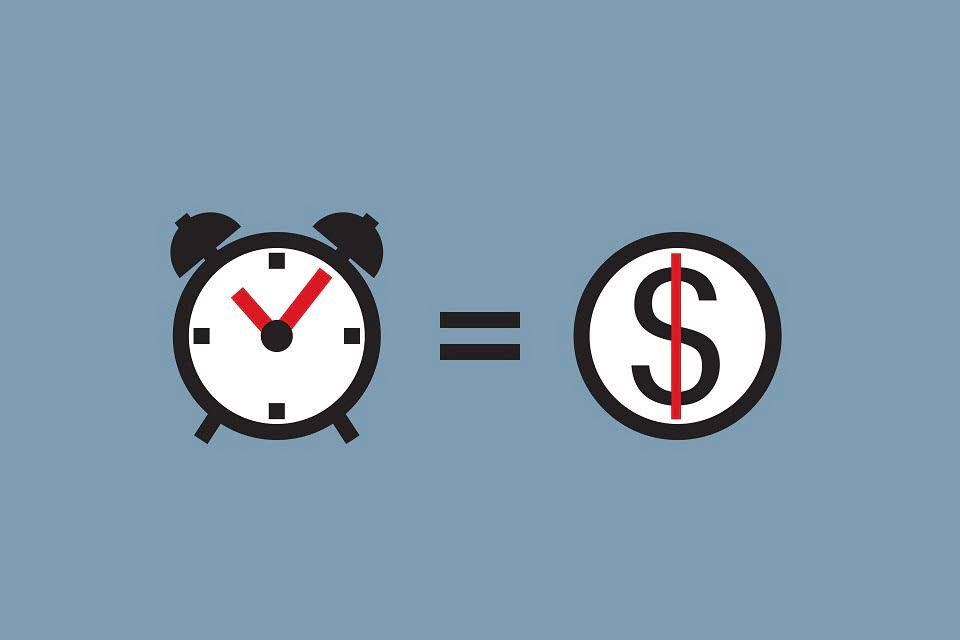Over and Short: Definition and What It Means in Accounting

Explore effective strategies for handling cash discrepancies in finance, ensuring accuracy in audits, and enhancing internal cash management controls. You would debit cash short and over if there is a cash shortage, and credit cash short and over if there is a cash overage. In addition to cash transactions, Food Truck Accounting it is important to gather information on any non-cash transactions that may have occurred during the period. This includes credit card transactions, checks, and other forms of payment. It is important to have a complete picture of all financial transactions that took place during the period being analyzed. The cash overage journal entry is one of many bookkeeping entries used in accounting, discover another at the links below.
What steps are involved in creating a journal entry for cash short and over?

The cash overage/shortage account is an expense account in the income statement of the business. In most cases, customers will most likely to dispute a shortage of change. Therefore, the cash over and short is usually at debit balance which represents an expense. This expense is treated as a miscellaneous expense and presented in the income statement as a general and administrative expense section.
Cash Over and Short Journal Entry

It is used in businesses that use cash in day-to-day operations, for example, retail stores and restaurants. Cash Over and Short reconciles what is in the cash drawer vs. what the cash register record says should be in the cash drawer. The cash over and short account is an expense account, and so is usually aggregated into the “other expenses” line item in the income statement. A sample presentation of the Other Expenses line item in an income statement appears in the following exhibit.
- Calculating cash short and over is an essential part of accounting for any business that handles cash transactions.
- In addition to a calculator, it may be helpful to have access to accounting software or other financial tools.
- This can include segregation of duties, regular training on cash handling procedures, and implementing policies and procedures for handling cash transactions.
- In the example, if your petty cash account’s original balance was $1,000, subtract $550 from $1,000 to get $450, which is the amount by which you need to replenish the account.
- The primary use of the cash over and short account is in cash-intensive retail or banking environments, as well as for the handling of petty cash.
- To accurately calculate cash short and over, it is important to have a clear understanding of cash transactions.
Presentation of the Cash Over and Short Account
- These procedures help to verify that the reported cash levels are accurate and that internal controls are being followed.
- Calculating cash short and over requires a thorough understanding of the cash handling process and the ability to reconcile cash transactions accurately.
- In this journal entry, we credit the sales revenue because in the retail business the cash shortage usually happens due to us failing to keep the accurate records that are related to sales revenue.
- For other types of businesses, it usually occurs when the cash on hand, left after petty cash expenses, is less than the total amount in petty cash expenses receipts.
- Businesses can monitor cash handling procedures, review audit reports, and investigate any discrepancies.
- Cash Over and Short acts as a Revenue account when there is an overage.
A positive balance in the cash short and over account indicates a cash overage, while a negative balance indicates a cash shortage. The amount of the balance in the cash short and over account should be recorded as an expense or revenue, depending on the outcome. Before beginning any calculations, it is important to gather all the necessary data. This includes all cash transactions that have occurred during the period being analyzed.


In contrast, let’s assume that during the cash count, the actual cash from the cash sales is $495 instead of $510. In contrast, the cash over and short is recorded on credit when there is overage. Subtract the amount by which you need to replenish the account from the total amount of your vouchers. A negative result represents a cash short amount, while a positive number represents a cash over amount. Thus, this account serves primarily as a detective control—an accounting term for a type of internal control that aims to find problems, including how to find cash over and short any instances of fraud, within a company’s processes. The cash over and short account is an excellent tool for tracking down fraud situations, especially when tracked at the sub-account level for specific cash registers, petty cash boxes, and so forth.
Income Statement
Regular audits can help detect and prevent cash shortages and overages. They can include surprise cash counts, comparing cash and credit card receipts to sales records, and reviewing cash handling procedures. A company uses a cash accounting over and short account to show a discrepancy between the company’s sales records and other reported figures and its audited accounts. For example, if the cash in the register is less than the amount on your sales receipts, then you have a cash shortage, reports Double Entry Bookkeeping. Cash over and short accounts are also used widely to balance the company’s accounting records when it replenishes its petty cash account.
Understanding Cash Transactions
Suppose a retail business starts each day with a cash balance of 100 in the cash register. During the day sales of 1,500 are entered into the register, and a cash count at the end of the day shows cash of 1,588 as summarized below. One way to review the cash short and over account is to compare the balance in the account to the expected balance based on sales data or receipts. Any discrepancies should be investigated to determine the cause of the difference.
What is the Cash Over and Short Account?
Ongoing education is equally important as it helps to reinforce best practices and keep staff updated on any changes in procedures or technology. By fostering a culture of continuous improvement and accountability, businesses can minimize the likelihood of cash handling errors. Moreover, employees who are well-trained and confident in their roles are less likely to make mistakes, contributing to a more secure and efficient cash management system. To ensure that the cash short and over account is accurate, it is important to have a review and audit process in place.







